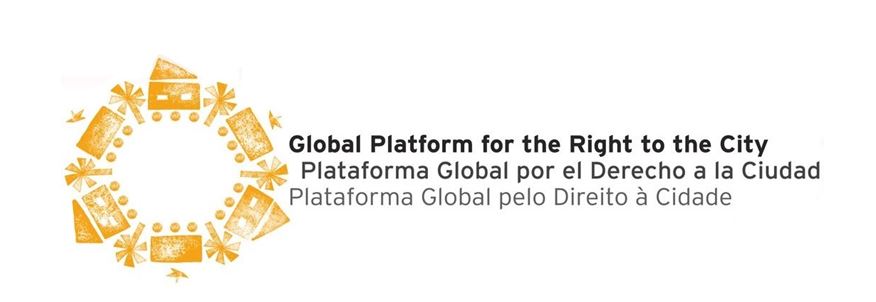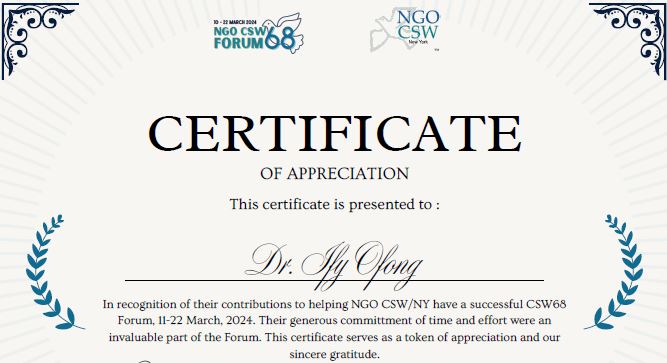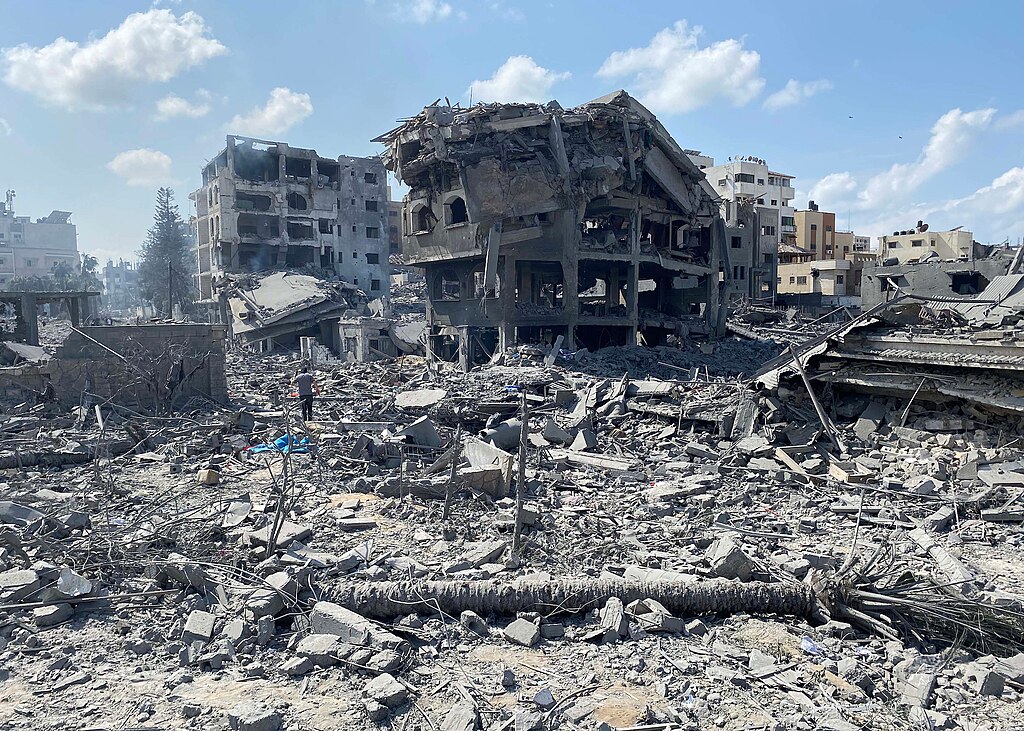
The Global
Platform for the Right to the City (GPR2C) aims to advocate for fair, democratic, sustainable and
inclusive cities. Such principles can also be translated into commitments,
policies, projects and concrete actions adopted by United Nations bodies and national and local
governments. The Members of the GPR2C strongly believe that the process of developing
a New Urban Agenda must take a human rights approach, with the Right to the
City as its cornerstone. Therefore, we call for the inclusion of the Right to
the City as the main guideline for all documents and debates set during the
preparation process towards the Habitat III Conference. In this sense, we
express our concerns about the fact that there is no mention whatsoever of The
Right to the City in any of the 22 issue papers[i],
even though the title of one of the Policy Units suggests that this concept
would be part of them.
The legacy of Habitat II and growing
challenges
During the Second United Nations Conference on Human Settlements
(Habitat II, Istanbul, 1996) the participating States adopted commitments and a
global plan of action that included, among other issues, adequate shelter for
all, sustainable human settlements, enablement and participation, gender
equality, financing shelter and human settlements, and international
cooperation and assessment of the progress. The Habitat II Resolution
reaffirmed governments’ obligation to uphold the right to adequate housing,
protecting residents from eviction or redressing it, and combating
homelessness.
Despite those commitments, the Habitat situation has dramatically
worsened during the last two decades. The commodification of land and the
speculation on housing based on unregulated credits even generated massive
evictions and resulted in a world economic crisis, with increasing numbers of
empty housing stock and homelessness at the same time. Development policies
based on the attractiveness of private investments and the competitiveness
between cities have had a terrible impact on the social fabric worldwide, where
disparities are more acute and multidimensional poverty is continually growing,
especially but not only in the Global South. It is estimated that 863 million
people are living in slum-like conditions, 90% of them in developing countries,
without minimum standards of dignity and rights (UN Habitat, 2013).
Since Habitat II, new and growing challenges and issues apply to human
settlements development and deserve to be fully included into the New Habitat
Agenda. The various Habitat III preparations, reporting and deliberation
processes and contents must be grounded in (1) a faithful evaluation of
commitments made at Habitat II; (2) a review of housing-rights and
good-governance practices consistent with those essential aspects of the
Habitat II promise[ii],
while taking into consideration the lessons learned and greater conceptual
clarity of the issues since Habitat II; and (3) a realistic preparation for the
emerging human settlement-development challenges that light the way towards
improving “balanced rural and urban development,” as pledged since Habitat I
(1976)[iii].
The need for the Right to the
City
In this sense, the GPR2C (http://www.right2city.org/) recalls the importance to recognize the Right to the City in the New
Urban Agenda, as an individual and collective right for all inhabitants,
considering the territories of the cities and their hinterlands as spaces for
the exercise and fulfilment of human rights, in order to ensure that people
have access to the resources, services, goods and opportunities that the city
brings in a fair, universal, democratic and sustainable way. The World Charter
for the Right to the City[iv]
defines this right “as the equitable usufruct of cities within the principles
of sustainability, democracy, equity, and social justice. It is the collective
right of the inhabitants of cities, in particular of the vulnerable and
marginalized groups, that confers upon them legitimacy of action and
organization, based on their uses and customs, with the objective to achieve
full exercise of the right to free self-determination and an adequate standard
of living”. It is a right that confers legitimacy upon people’s action and
organization, based on their uses and customs, with the objective to achieve
full exercise of the right to an adequate standard of living. Like all human
rights, the Right to the City is interdependent of all internationally
recognized and integrally conceived human rights. That is why it has interface
with civil, political, economic, social, cultural and environmental rights,
bringing the dimensions of the territory and the urban life.
The right to the city as a collective right is not restricted to the
respect, protection and to ensure individual human rights at the local level.
It reflects a territorial, integral and complex human rights concept already
legislated (and corresponding to obligations of the authorities in their
different Government levels). On the
other hand, it offers an “umbrella” to integrate new rights not yet
recognized, that is to say, “emerging collective rights” (water,
urban land, energy, transport, public space, memory and cultural and ethnic
identity etc.).
Lines of the Global Platform to
develop the Right to the City
The respect, protection, promotion and implementation of the Right to
the City are crucial to promote a shift in the current urban development
paradigm. Therefore, the urban development process must be based on the
following guiding principles:
·
The full exercise of citizenship, respecting and
protecting human rights for all;
·
The respect and fulfilment of the social function of
land and property;
·
The democratic management of the territory;
·
The right to socially produce the habitat and economy
for citizen’s life; assuring the rights of informal workers;
·
The responsible and sustainable management of common
(natural, energy, historic and cultural) assets; and
·
The equal enjoyment of public spaces and community
facilities.
The Right to the City implementation also requires a framework for the
decentralization of public administration (office, technical ability,
resources) and an active role of local authorities, ensuring them democratic
and participatory mechanisms in decision-making processes.
Having in mind these principles, the implementation of the Right to the
City demands actions in four thematic axes, in which the GPR2C analysis and
proposals are organized: Human Rights in the Cities; Democratic and
Participatory Governance in the Cities; Urbanization, Sustainable Use of the
Territory and Social Inclusion; and Economic Development and Social Inclusion
in Cities[v].
Through the first one, Human Rights in the Cities, we recall the
importance to bear in mind that the Right to the City is interdependent of all
internationally recognized and integrally conceived human rights, and therefore
includes all the existing civil, political, economic, social, cultural and
environmental rights, highlighting the need to ensure: non-discrimination and
protection of vulnerable groups; access to public services and public works;
promotion of safe cities; access to justice and legal remedies, among others.
The second axis, Democratic and Participatory Governance in the Cities,
states the need for local governments and local authorities to develop and
implement different tools to integrate citizen participation in decision-making
processes. In order to have public policies corresponding to population’s needs
and aspirations, it is essential that local public authorities assure
institutionalized spaces that facilitate citizens’ participation in public
administration. This participation should be wide, direct, equitable and
democratic. Citizens should be included and consulted in all stages of the
decision-making process: planning, preparation, approval, investment decisions,
project management and implementation, and evaluation. Governments must also
ensure transparency and access to information to the population in order to
facilitate monitoring and accountability. They must also take into account a
growing civil society participation (formal or informal) in territory
management. It is also necessary to have inter-municipal cooperation models and
forms of cooperation between different levels of government (municipal, state
and national government), all of them entirely open to citizen participation.
Our third axis, Urbanization, Sustainable Use of the Territory and
Social Inclusion, urges cities to solidify a new paradigm of integrated
planning and management of urban development that fosters the promotion of
diversified uses in the same territory. To become increasingly inclusive,
secure, resilient and sustainable, cities should regulate urban development
through territorial policies that ensure the fulfilment of the social function
of public and private property in compliance with the social, cultural and
environmental collective interests over individual interests. Additionally, the
expansion of cities should occur in a comprehensive and sustainable manner, whereby
housing enterprises or economic developments are integrated and not isolated.
There is a need to maximize the potential of the real city, which should be
reinvented and rethought based on its cultural and environmental heritage and
according with social demands, which should guide mobility and services network
planning. It must ensure the right of all individuals and social groups to all
services and urban public goods that the city can offer. Cities’ planning and
administration must also ensure equal rights for all and access to basic and
social services, adequate housing, public spaces, green spaces and the
preservation and sustainable enjoyment of natural and cultural heritage.
Through the fourth axis, Economic Development and Social Inclusion in
Cities, we focus on the challenges and perspectives of the so called informal
economy in the cities. It must be noted that a significant part of the
population is involved in the informal economy; has no rights; and remain
somehow invisible for governments and public policies. At the same time, the informal
economy workers are frequently the object and main targets of privatization and
revitalization policies (in other words, gentrification, in the majority of the
cases), which are detrimental to realization of the Right to the City. The
informal economy is also part of the physical informality of the city (housing,
access to basic services, etc.). It is necessary to bring these two issues
together for discussion. While it is important to recognize the need for
“negotiating” the occupation of public space by workers on the streets—so that
the rights and needs of all of those who make use of the urban public space are
met—it is important to recognize that streets are the primary and
most-essential component of the public sphere, where a great deal of the
informal economy workers (particularly for waste pickers and street vendors)
make their livelihood. Assuring the rights of informal workers assures
realization of the Right to the City.
Given that all citizens have the right to participate in the use of the
urban territory within democratic parameters, with social justice and within
sustainable environmental conditions (World Charter for the Right to the City,
2005, p. 3), cities should encourage an urban expansion guided by collective
interests, thus creating the potential for socio-environmental sustainability
and the equal access to the use of the urban land. Therefore, cities should
adopt norms for just distribution of burdens and benefits generated by the
urbanization process and adjust economic, tributary and financial policy
instruments, as well as public spending policies to the objectives of equitable
and sustainable urban development. In addition, the extraordinary income
(surplus) generated by public investment should be redirected in favour of
social programs that guarantee the equitable access to land, the right to
housing and to a dignified life for the population living in precarious
conditions and risk-prone areas, and the sustainable development of small urban
centres according to a social, environmental and urban point of view.
Call for the inclusion of the R2C
in the general agenda
In this regard, we – social movements, non-governmental organizations,
networks and forums, academic institutions, public sector, foundations and
international organizations- members of the Global Platform for the Right to
the City, call for the inclusion of the Right to the City in the New Urban
Agenda that will emerge from the Third United
Nations Conference on Housing and Sustainable Urban Development (Habitat III)
as a transformative way of urban development for fair,
democratic, sustainable and inclusive cities.

[i] With
the exception of Issue Paper 3 “Safer Cities” which briefly mentions
The Right to the City. Downloadable at:
https://www.habitat3.org/the-new-urban-agenda/knowledge
[ii] Istanbul
Declaration on Human Settlements [Istanbul Declaration] and the Habitat Agenda,
14 June 1996. Downloadable at: http://daccess-dds-ny.un.org/doc/UNDOC/GEN/G96/025/00/PDF/G9602500.pdf?OpenElement
[iii] Habitat
International Coalition’s Primer on the Indispensable Process and Content of
Habitat III (2016). Downloadable at http://hic-gs.org/content/Habitat_III_BasHICs_brief_final.pdf
[iv] World
charter for the Right to the City, 27 June 2005. Downloadable at
http://www.hic-gs.org/news.php?pid=2422
[v] The
GPR2C has issued a number of documents including the “Guiding Document: action
plan and thematic axes”. Downloadable at http://www.right2city.org/publicacoes/


